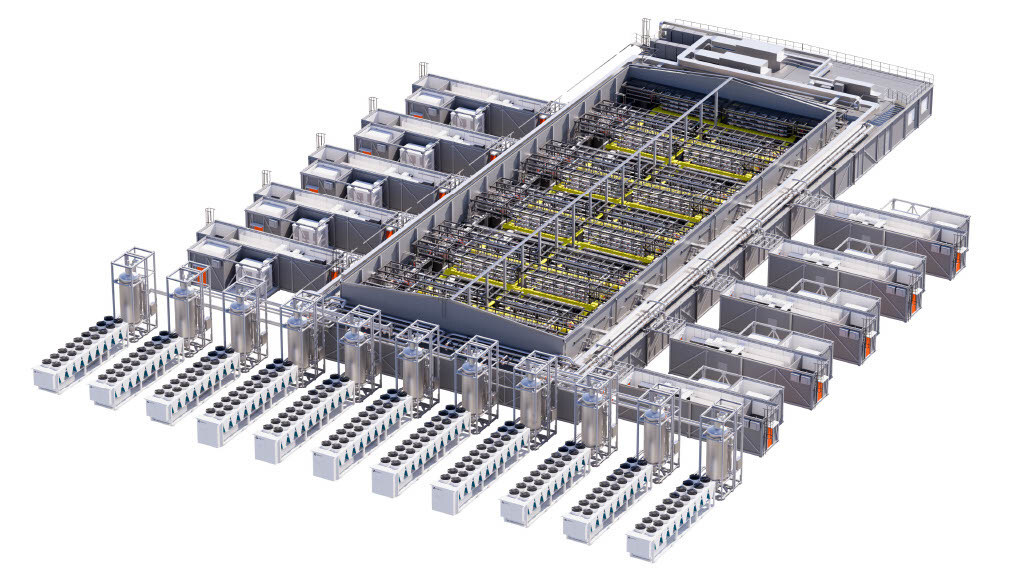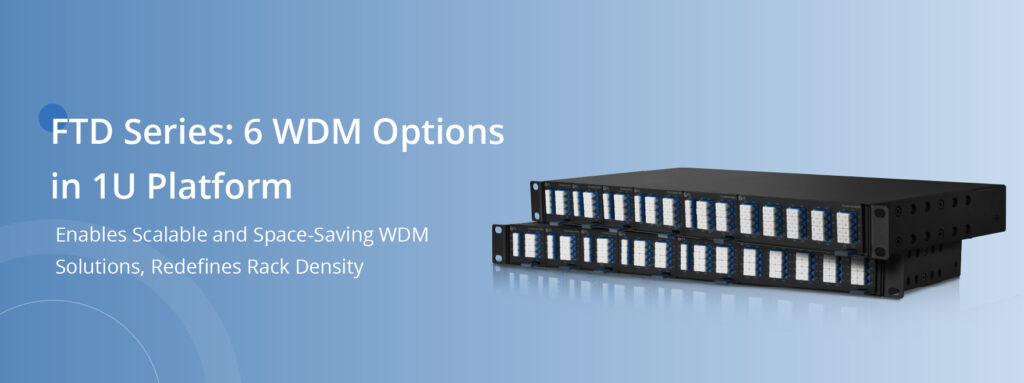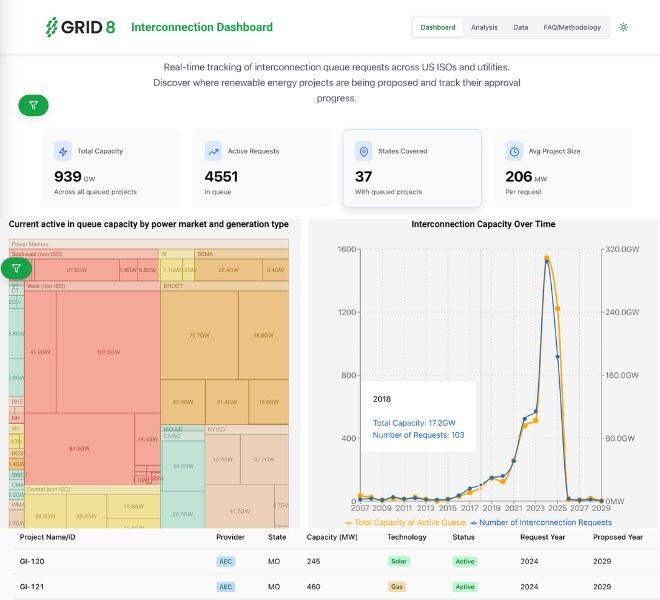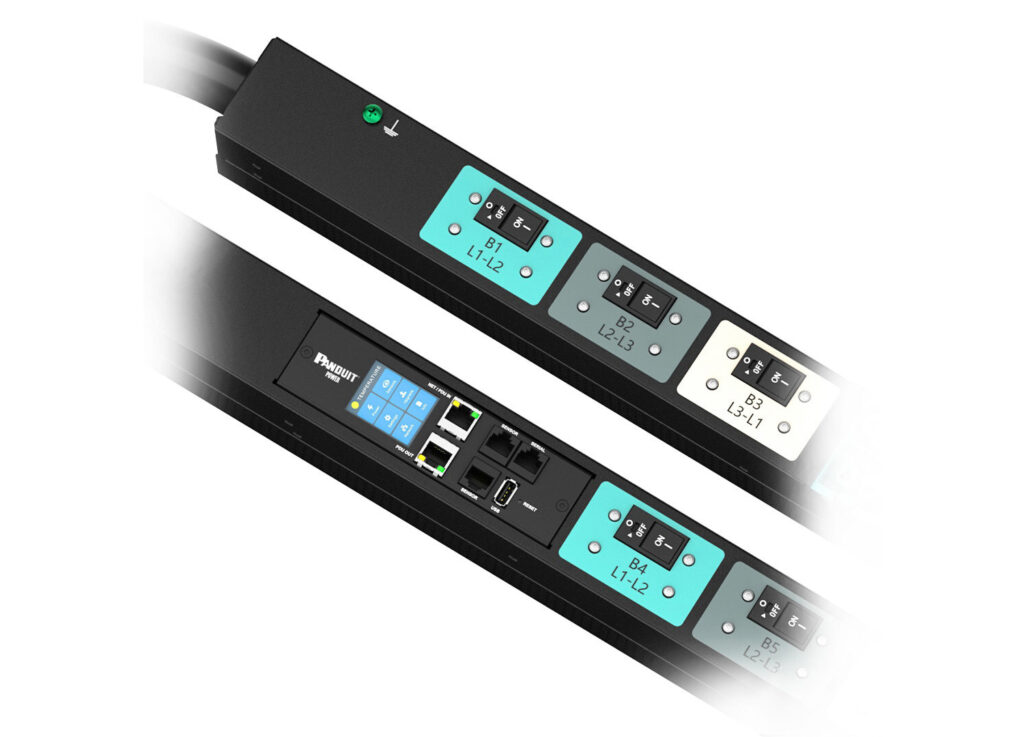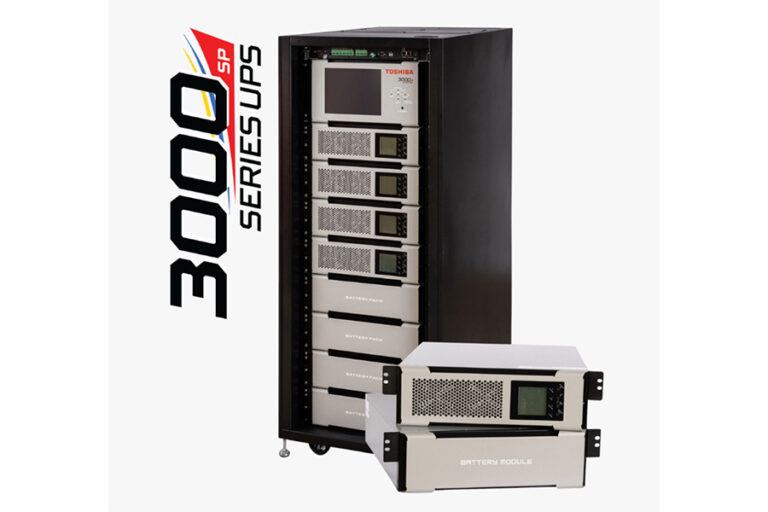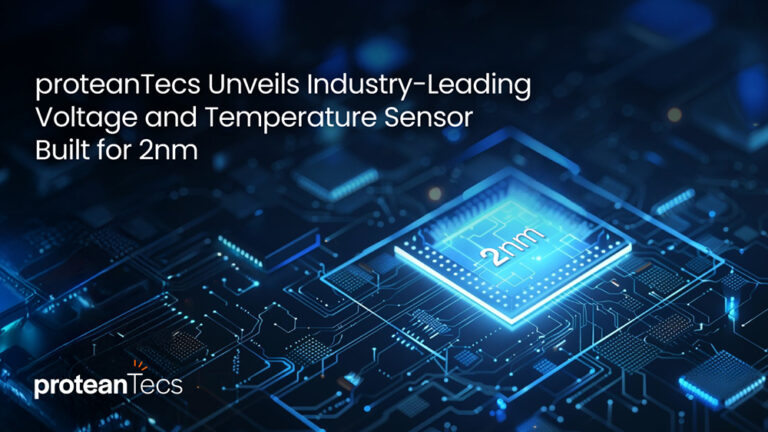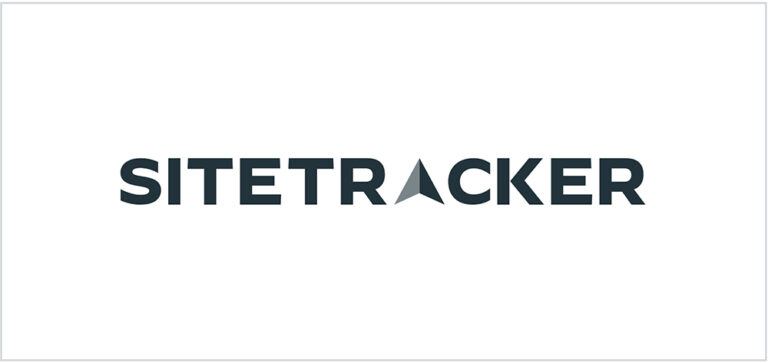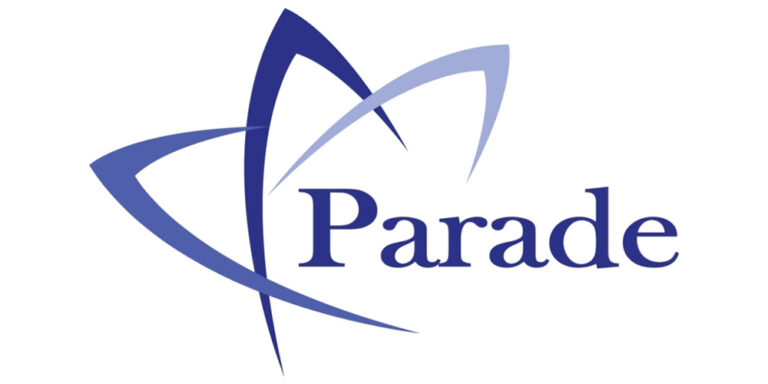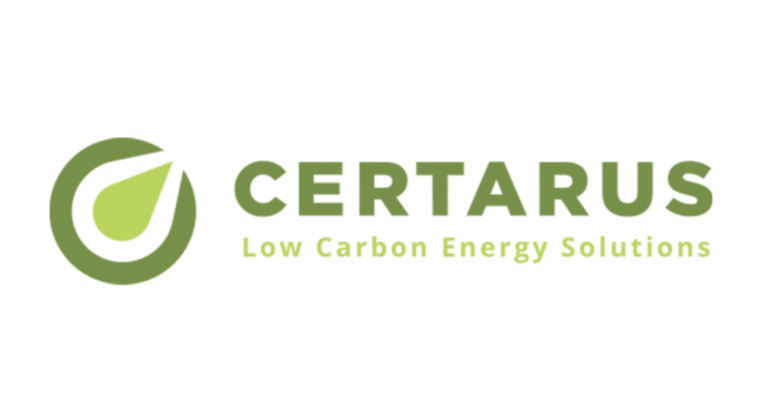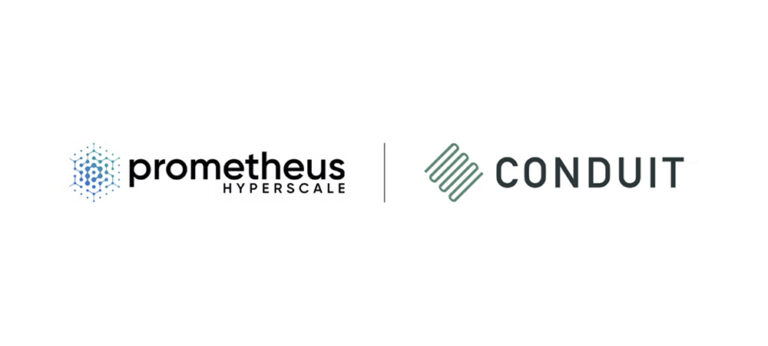The OneCore system uses a modular, slab-up turnkey design that covers the full process from design to installation, with a single point of contact. The design incorporates prefabricated building blocks such as Vertiv SmartRun whitespace fit-outs, housed in a Vertiv-provided steel shell, while Vertiv Unify handles central management and system visibility.
Technical specifications reported by Vertiv include support for power capacities from 5 to 50 MW per block and the ability to configure from 96 to 944 racks to accommodate low to extremely high rack densities. The platform integrates the company’s portfolio of thermal and power infrastructure components—including Vertiv Trinergy UPS systems, busways, switchgear, CoolChip CDU and perimeter cooling, CoolLoop Trim Cooler, Liebert AFC chiller, and the Unify management system—into a single solution. Supported power inputs range from 11 kV to 35 kV for medium voltage lines and 400 V to 480 V for three-phase AC power, aligned with various global standards.
OneCore offers advanced redundancy options both for fluid networks and electrical distribution, concurrent maintainability for system resilience during upgrades or maintenance, and the ability to operate in ambient temperatures from minus 20 to 55 degrees Celsius (minus 4 to 131 degrees Fahrenheit). Vertiv claims its modular electrical and mechanical architecture enables parallel manufacturing for further reduction in project lead times and costs while maximizing usable whitespace and airflow.
According to Viktor Petik, senior vice president of infrastructure solutions at Vertiv, “Vertiv OneCore is our answer to the need for reducing complexity and enabling speed in building data center capacity at scale,” said Petik. “This solution reduces project complexity by standardizing key components while preserving the flexibility to scale and evolve, expand easily, and integrate new technologies as business and IT requirements evolve.”
Vertiv also states that OneCore can contribute to sustainability initiatives through increased efficiency, lower power requirements, and a flexible architecture that adapts to new technology standards. The product is supported post-deployment through Vertiv’s global service organization, with expert commissioning, proactive maintenance, and rapid response capabilities.
Source: Vertiv


